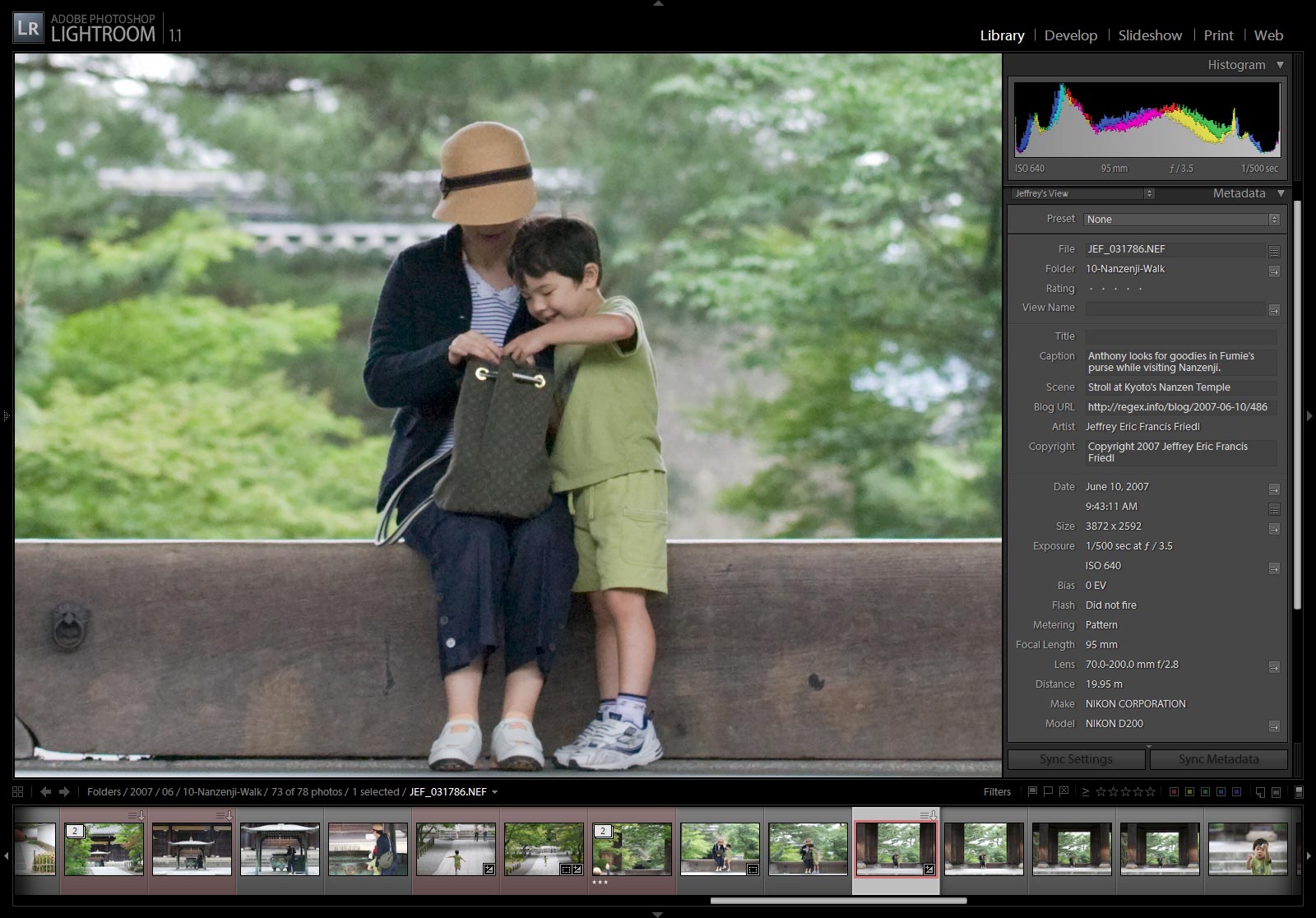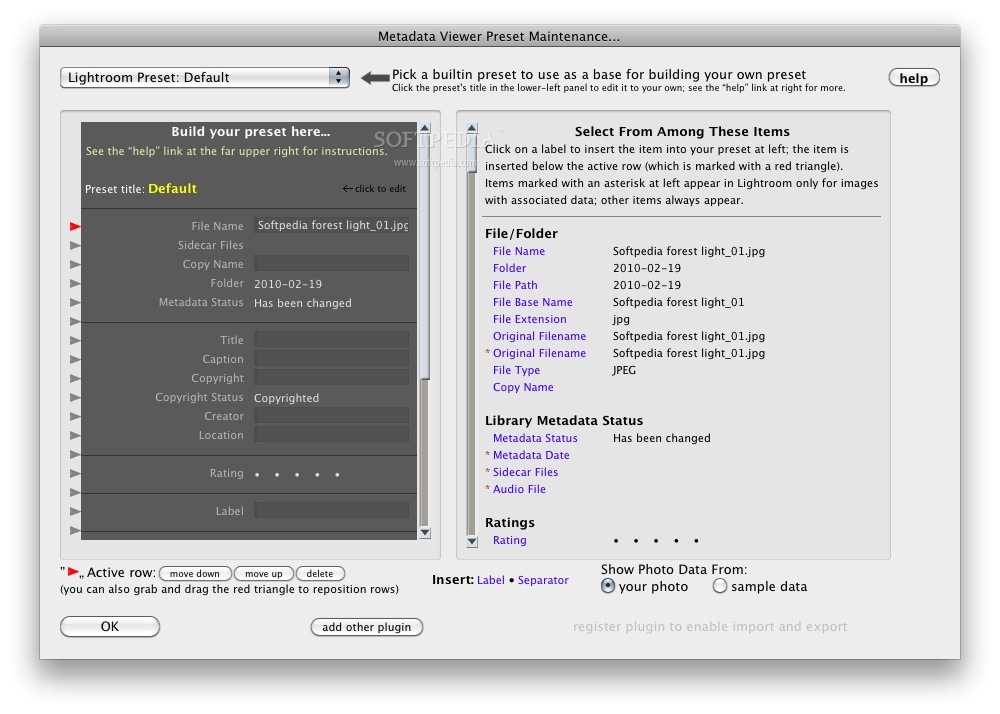

- #Metadata photo reader install
- #Metadata photo reader software
- #Metadata photo reader license
- #Metadata photo reader iso
Take a close look at the options for showing text in fullscreen mode (Options, Fullscreen/slideshow).
#Metadata photo reader iso
(the default iso tag didn't work for me, i tried $E2 for Nikon's ISO tag, and it worked canon, others etc. You can also add text to identify what they are if you like. Click on the Help button beside it to see which placeholders you need to use. At the bottom of the dialog box you will see where you can type in "placeholders" for displaying various items of data on the status bar. Open Options >Properties/Settings and select the Viewing tab. IF you only want to see a few EXIF values while you browse however, I would suggest you display them on the Status bar at the bottom of the screen. It only prints the basic metadata.This is what you can do to see various exif info, overlayed: The command file doesn't have an option to show us detailed results like the above commands. In a terminal we will only have to write: We will also be able to use the file command to view an image's metadata. For get more details about this tool, see the corresponding man pages: Once this tool is installed, we can make it work by executing in the same terminal:Įxif will produce a complete output in tabulated column format as you can see in the previous screenshot.

#Metadata photo reader install
To install it, you just have to type in a terminal (Ctrl + Alt + T) and type: This tool is available in the default repositories on Debian and its derivatives like Ubuntu.
#Metadata photo reader license
Exif means switchable image file format, which is an image file written to our storage device every time we take a photo with our smartphone or camera.Įxif data includes details such as the date and time of photos, camera settings, geographic location, license and copyright information, etc. The command would be as follows:Ĭan be found more details in the man pages:Įxif is a command line utility for show and change Exif data of an image. In case of wanting see only the basic details, we will only have to eliminate the option -verbose. This command it will show us a detailed output of the metadata of the given image. To do this, in the terminal you will only have to execute: If we use Debian, Ubuntu or Linux Mint, all we have to do is open a terminal (Ctrl + Alt + T) and use the following command to install ImageMagick: sudo apt install imagemagickĪfter installation, we can now search the metadata of an image.
#Metadata photo reader software
We will find this software available in the default repositories of most Gnu / Linux distributions. Identify is a tool included in ImageMagick with which we can consult the metadata of an image. Next we will see three command line tools with which we will be able to read all the details of an image.ĮxifTool, read or manipulate the metadata of your files from Ubuntu In Gnu / Linux we can find many tools to read or modify the metadata of an image. View the metadata of an image from the Ubuntu terminal Administrative metadata → These contain owner identification and contact information, license, copyright and terms of use of the images.Descriptive metadata are very useful when searching or cataloging images easily and quickly. These often include information such as the photo's title, location, photographer's name, and comments. The owner of the image can add them manually using any external software such as GIMP or Photoshop. Descriptive metadata → These manually added by photographer.

The technical metadata is generated mainly by the devices that take the image.


 0 kommentar(er)
0 kommentar(er)
